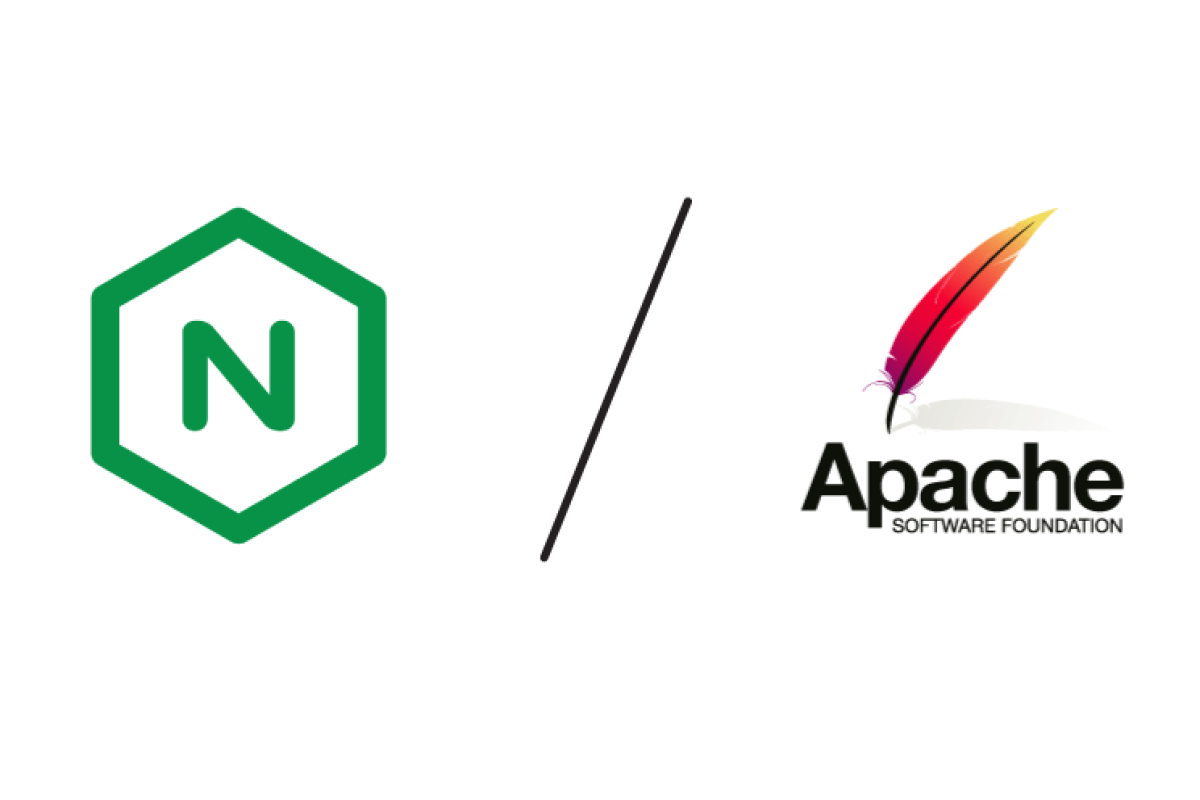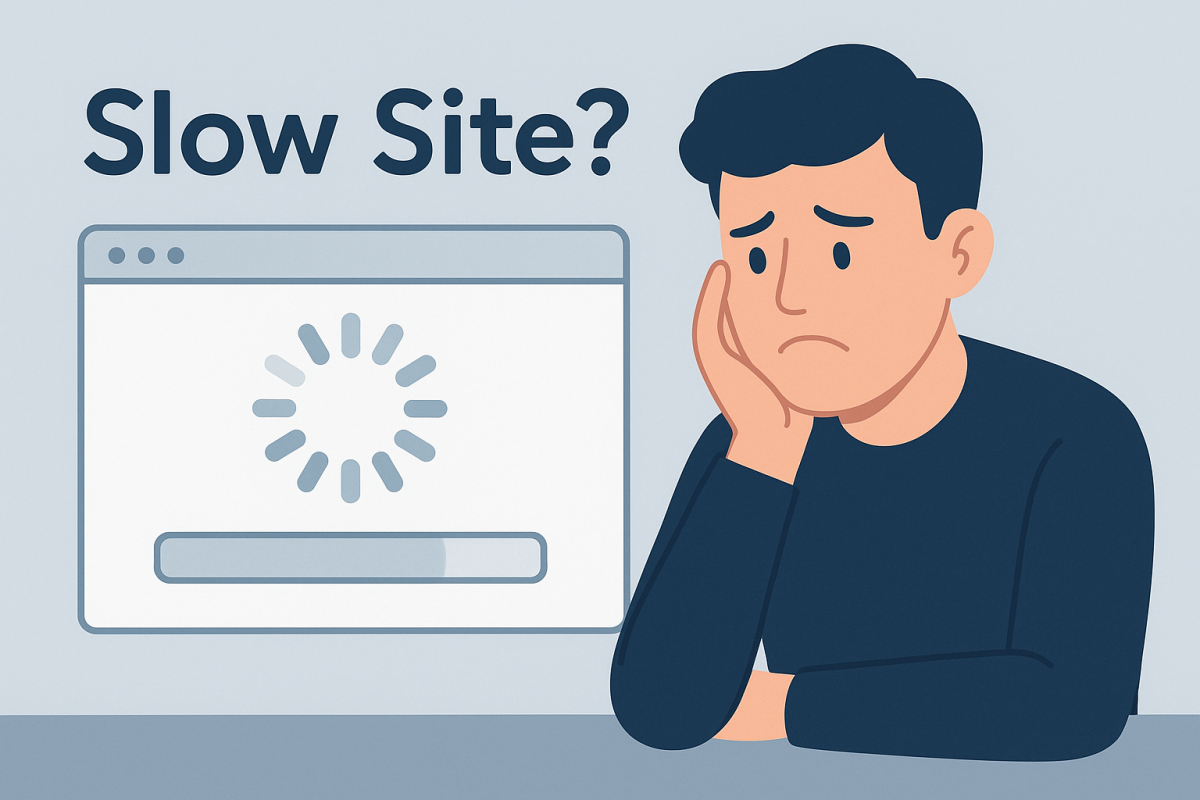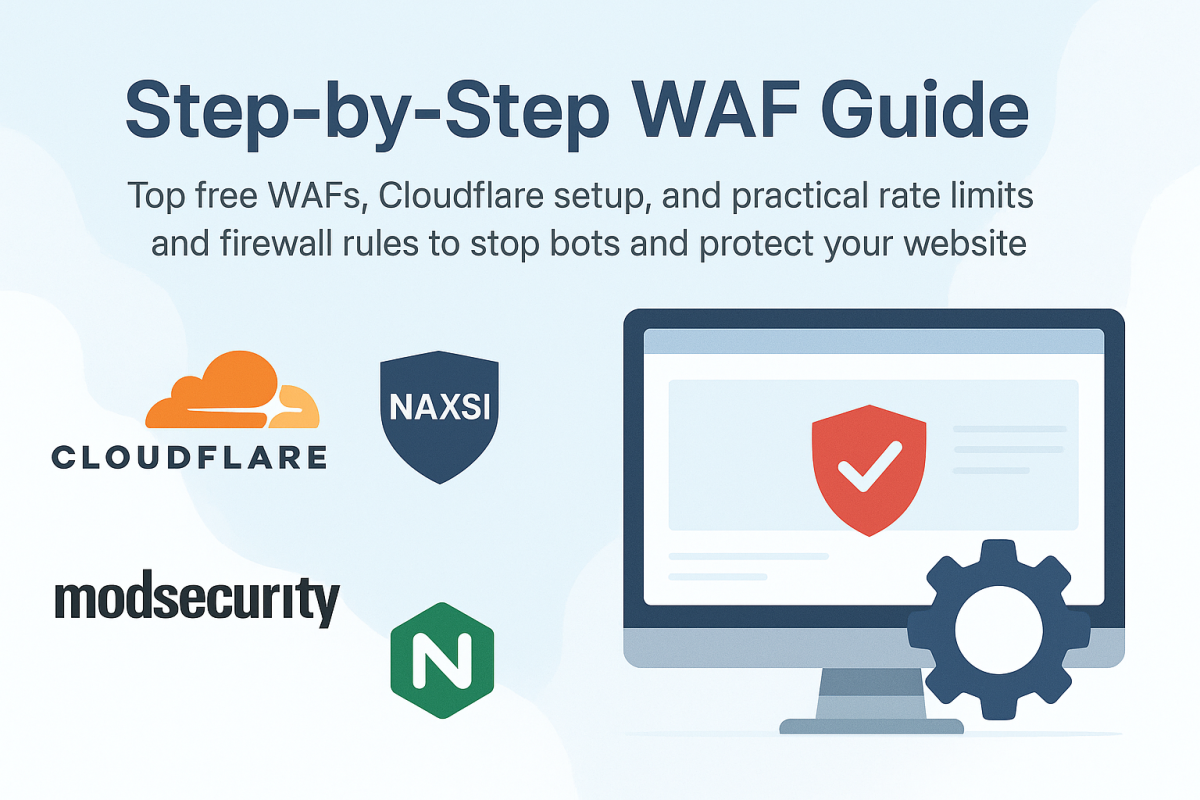Introduction
In today’s competitive digital landscape, every second counts. A fast, reliable website not only improves user satisfaction but also drives higher search engine rankings, increased conversions, and better brand perception. In this post, we share five proven strategies to supercharge your website performance and SEO, helping you attract more organic traffic and keep visitors engaged longer.
1. Optimize Images and Media
High-resolution images and video can slow down your pages, hurting both user experience and SEO. Follow these best practices:
- Compress images using tools like TinyPNG or ImageOptim before upload,
- Serve images in modern formats such as WebP for faster loading,
- Implement lazy loading so offscreen images load only when needed,
- Use responsive image attributes (
srcsetandsizes) to deliver the right dimensions per device.
2. Leverage Browser Caching and CDNs
Reducing server response times and offloading assets to a global network is key for speed and SEO:
- Set proper cache headers (
Cache-ControlandExpires) on static assets, - Use a content delivery network such as Cloudflare or AWS CloudFront to serve files from edge locations,
- Implement versioning in your asset filenames to force cache refreshes on updates,
- Monitor cache hit ratios and adjust TTL values for optimal performance.
3. Minify and Combine Files
Reducing HTTP requests and file sizes improves load times and lowers bounce rates:
- Minify CSS and JavaScript using tools like UglifyJS or cssnano,
- Combine multiple CSS or JS files into single bundles where possible,
- Defer non-critical JavaScript using the
deferattribute, - Inline critical CSS directly in your HTML to speed up first paint.
4. Implement Structured Data and Metadata
Rich snippets improve click‑through rates and search visibility:
- Use schema.org markup for articles, products, breadcrumbs, and corporate contacts,
- Craft unique, keyword‑rich meta titles (50–60 characters) and descriptions (150–160 characters),
- Ensure each page has a descriptive
og:title,og:description, andog:imagefor social sharing, - Validate structured data using Google’s Rich Results Test to catch errors.
5. Monitor Performance and SEO Metrics
Continuous measurement allows you to fine‑tune your site and stay ahead of competitors:
- Track Core Web Vitals in Google Search Console for LCP, FID, and CLS scores,
- Use PageSpeed Insights or Lighthouse to identify optimization opportunities,
- Set up Google Analytics goals for page load time and bounce rate thresholds,
- Conduct regular SEO audits with tools like Ahrefs or SEMrush to monitor keyword rankings and backlink health.
Conclusion
By combining these strategies image optimization, caching, file minification, structured data, and ongoing monitoring you’ll build a website that delivers exceptional performance, higher search engine rankings, and better user engagement. Start implementing these tips today to see measurable improvements in speed, SEO visibility, and conversion rates.
Call to Action:
Ready to elevate your website performance and SEO? Contact Hunter Tech for a free audit and personalized strategy that drives real results.




